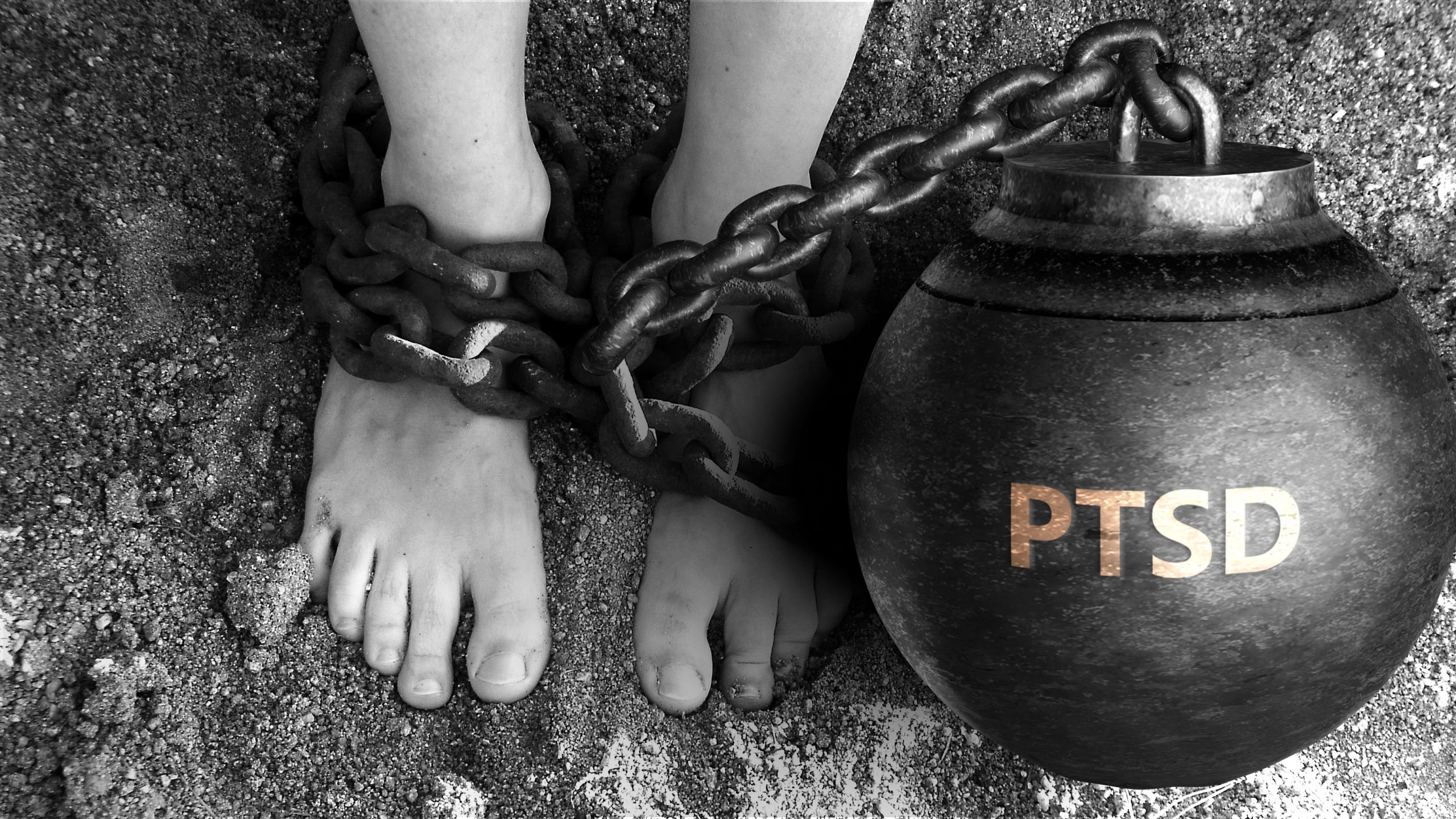In June, we recognize PTSD Awareness month. PTSD stands for Post-Traumatic Stress Disorder and mental health condition that is triggered by a terrifying event that is either experienced or witnessed. Symptoms of PTSD may include nightmares, severe anxiety, flashbacks, avoidance of situations, intrusive thoughts, depression, and more. There are many stigmas surrounding PTSD and there has never been a better time to become more aware of the disorder. The healthcare pandemic, economic crisis, and social justice issues have caused many to have heightened levels of stress and anxiety. Stigmas often cause those who suffer from seeking help or acknowledging the problem. It is more important than ever to learn more about PTSD and dispel any common misconceptions about the disorder.
Myth 1: PTSD is all in your head
Many symptoms of PTSD are not visible, which make it challenging for family and friends to understand the problem. You can’t tell that a person has PTSD just by looking at them. Some might even believe that the person has not even experienced an event that is “bad enough” to develop PTSD. However, MRI and brain imaging technologies have identified neurochemical changes and certain areas of the brain in those who suffer from PTSD.
Myth 2: Everyone who experiences trauma will have PTSD
To be diagnosed with PTSD, symptoms must persist longer than 30 days. However, around 90% of individuals who experience PTSD-like symptoms after experiencing a traumatic event have their symptoms resolve typically within a month, particularly when they receive emotional support. Often these individuals are instead suffering from acute stress disorder, which is a brief period of psychological stress have a traumatic event. The symptoms of acute stress disorder may include anxiety, heightened reactivity, and insomnia.
Myth 3: Only Combat Veterans Develop PTSD
While many combat veterans do suffer from PTSD, the greatest rates of PTSD in the military actually come from those who have experienced military sexual trauma. Occurring in both men and women, military sexual trauma may cinlude sexual assault, repeated advances, forced sexual encounters, or quid pro quo scenarios from higher ranking officers. The VA healthcare system has reported that 1 in 4 female veterans and 1 in 100 male veterans report suffering from military sexual trauma.
Myth 4: The traumatic event must be violent to get PTSD
A variety of traumatic events can cause PTSD, not just extremely violent events. A person can experience, witness, or be confronted with an event that threatens injury, death, or the threat to others. PTSD often occurs following a person’s response to an event that invokes intense feelings of fear, horror, or helplessness. Nearly 25% of women who have a mastectomy develop PTSD, and many COVID-19 front-line workers are now reporting PTSD symptoms.
Myth 5: A person with PTSD will always have PTSD
Many persons who suffer from PTSD find relief from their symptoms and are treated successfully. Treatment options include cognitive behavioral therapy, psychopharmacology, and patient education. These traditional therapies have good success rates and many PTSD sufferers find relief.
As the world slowly recovers from the COVID-19 pandemic, we must work to identify and dispel the myths about PTSD. Recognizing the signs of trauma in ourselves and others is a great first step.





